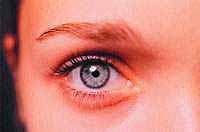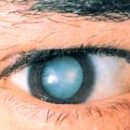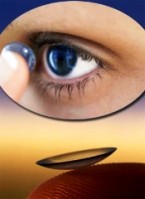Iridooclite: why this disease develops, what are its signs? The author of this article knows the answers to these questions.
Content
Why iridocyclite develops
Iridocyclitis - inflammation of the iris and ciliary (ciliary) body. The causes of iridocyclites are diverse. About 60% of cases of iridocyclite is isolated, independent disease. In the remaining 40% of cases, the connection of iridocyclitis is detected by other diseases: infectious and noncommunicable.
Iridocyclitis can be caused by an infection through blood from various foci, where it can be a long time in an inactive (latent) state. It is less likely to have iridocyclites when a direct connection is revealed with an acute infectious disease that arose for the first time, for example, leptospirosis, toxocamism, Lyme and T disease.D.
Most often, iridocyclites are associated with infections:
- viral;
- toxoplasmosis;
- tuberculosis;
- chlamydia;
- syphilis and other.
As well as non-infectious diseases:
- sarcoidosis;
- rheumatic arthritis;
- Reiter's disease;
- Bekhtereva's disease;
- Behanet's disease and others.
How to recognize iridocyclite
 For inflammation in the forefront, the vascular shell is characteristic:
For inflammation in the forefront, the vascular shell is characteristic:- redness of the eye;
- Pain in the eye;
- Changing the shape of the pupil;
- reduction of vision;
- The appearance of inflammation products in the eye.
The beginning of the iridocyclite is most often sharp, the inflammation during the day can lead to a change in the form of the pupil - it becomes a narrow, non-circular, rigid (does not respond to light), does not expand. Muffining the edge of the pupil with a crystal. If the pupil sticks to the lens fully (rolling), the waterproof moisture begins to accumulate in the rear chamber and discovers the iris - arises «Bombing iris» and an increase in intraocular pressure - hypertension.
One of the characteristic signs of iridocyclitis is the appearance of inflammation products. These are grayish lumps of various sizes that settle on the back surface of the cornea. Sometimes precipitates are the only visible signs of the beginning or ongoing iridocyclitis. With chronic formations of iridocyclitis, they may present in the eye for many months.
The diagnosis of iridocyclitis is made on the basis of a comprehensive clinical and laboratory examination of the patient. In some cases, consultation of related specialists - doctors of various profiles.









